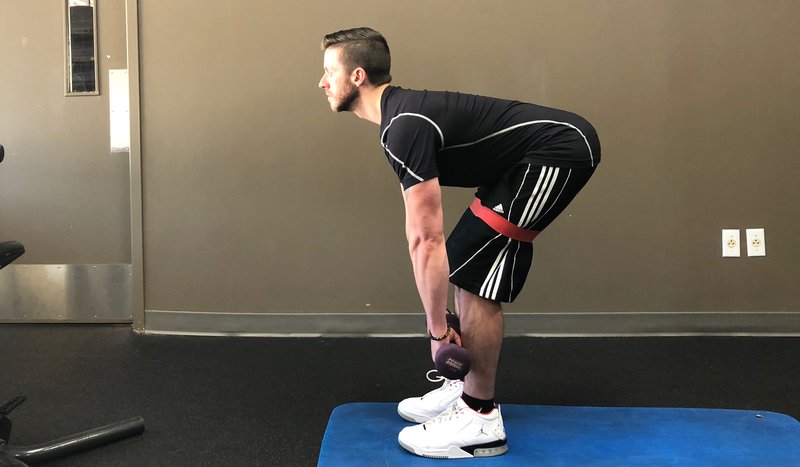As many readers know, the psychological demands of maintaining a regular exercise program can be more challenging than the physical. The mind is a powerful — and subtle — influencer of behavior. It's critical to understand your "blind spots" when it comes to physical activity engagement.
We all have predispositions. Some people default to cardiovascular exercise even if they are aware that strength training is necessary to reach their goals. Others are incredibly engaged during a yoga class but can't seem to find the motivation to supplement with any other activity.
The thing is, we all have a blind spot somewhere. The key is to recognize it, appreciate it and find a workaround to manage it.
For many, the blind spot is engaging the target muscles during activity. This is a learned skill that requires an understanding of a) which muscles are supposed to be activated during any given strength exercise and b) how to engage those muscles while performing the movement correctly. The reason that many struggle with this blind spot is education. Most people don't develop the required neurological awareness until fairly late in their strength training life -- and some never do.
To help, I start with the assumption that one is aware of which muscles should be activated during the exercise. If that's the case, then it becomes about training the neurological system to engage that muscle group correctly.
This week's exercise features the stretch band as a tool for building neurological awareness, so it's a great way to slowly train the brain to pay attention to the target muscles.
The Romanian Deadlift (RDL) can be a difficult exercise to perform with perfect form, as the lower back, hips and knees all need to work in unison. Creating target muscle engagement while trying to maintain biomechanical efficiency is even more difficult. So, I like to use the stretch band to help solve this problem.
1. Select a pair of medium-weight dumbbells and place a heavy resistance band (the kind without handles that's like a big rubber band) around your waist.
2. Move the resistance band down until it's about halfway down your thighs.
3. Hold one in each hand while standing with your feet shoulder-width apart.
4. Position the dumbbells in front of your thighs with the arms extended and your palms facing your thighs.
5. Perform a straight-leg deadlift by hinging at the hips and lowering the dumbbells, maintaining a very flat lower back.
6. Continue to lower the dumbbells until you feel a stretch in the hamstrings, then slowly reverse direction and stand back up.
7. Continue performing deadlifts until you've done eight slow, controlled repetitions.
The key with this exercise is to actively hold the stretch band taut by maintaining gluteal activation. This creates the correct target muscle activation to reduce lower back pressure and create better efficiency. It's a cool way to use an external tool to help with a very internal neurological awareness challenge. Enjoy!
Matt Parrott has a doctorate in education (sport studies) and a master's in kinesiology and is certified by the American College of Sports Medicine.
Style on 12/09/2019

